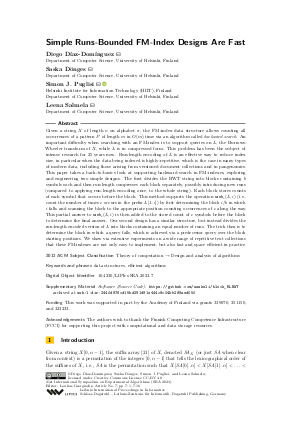LIPIcs.SEA.2023.7.pdf
- Filesize: 1.03 MB
- 16 pages

 Creative Commons Attribution 4.0 International license
Creative Commons Attribution 4.0 International license





























Feedback for Dagstuhl Publishing